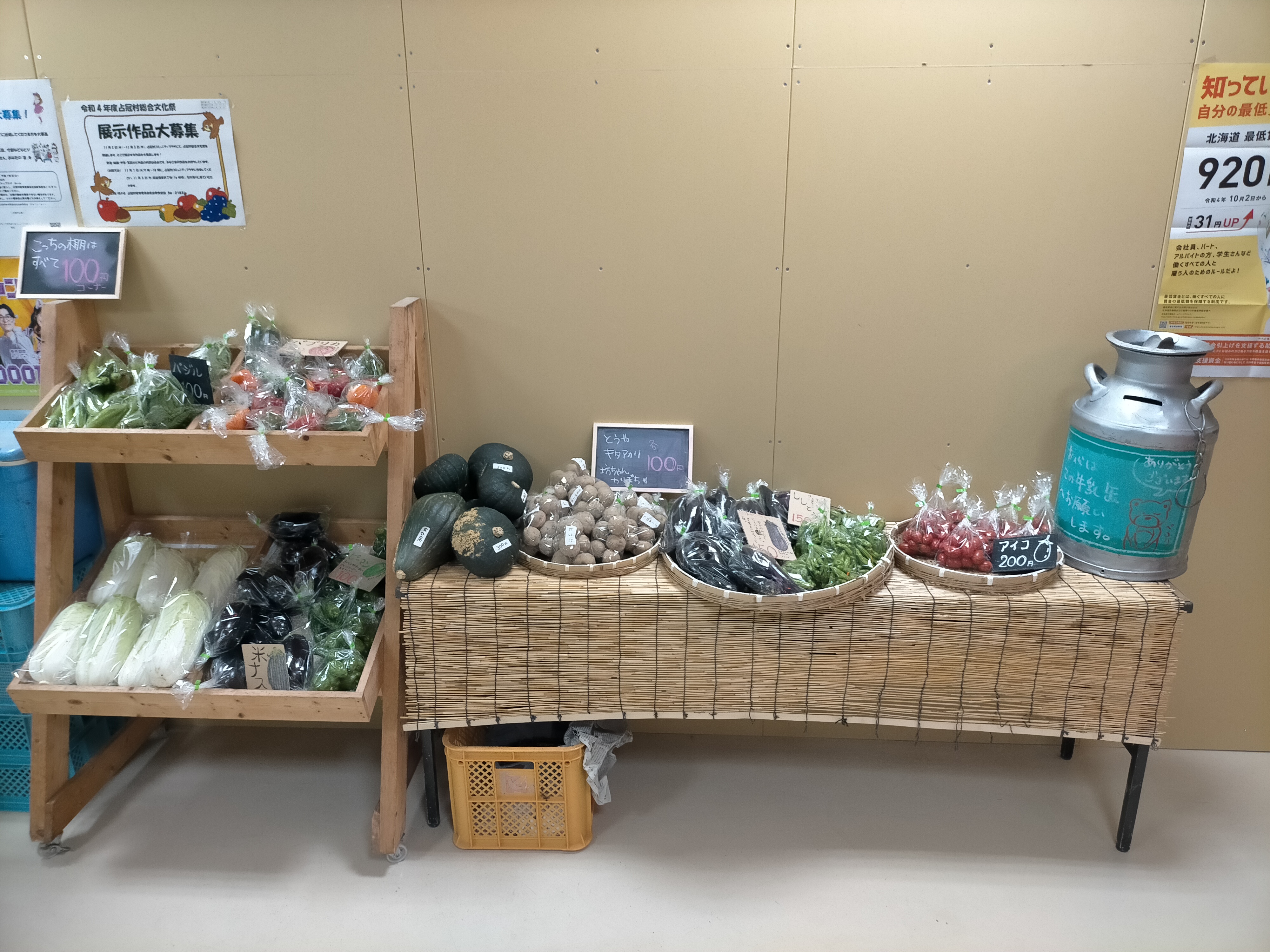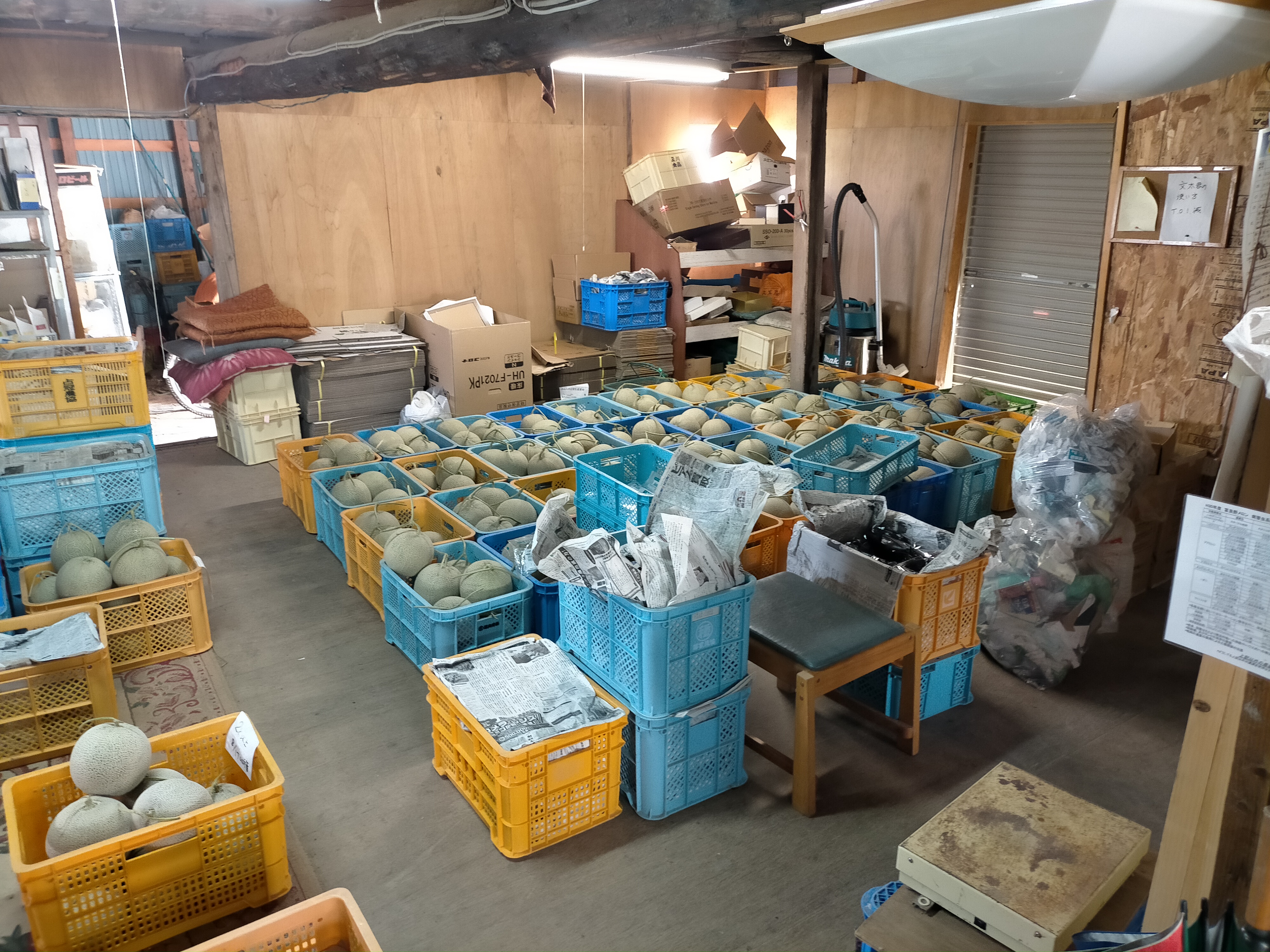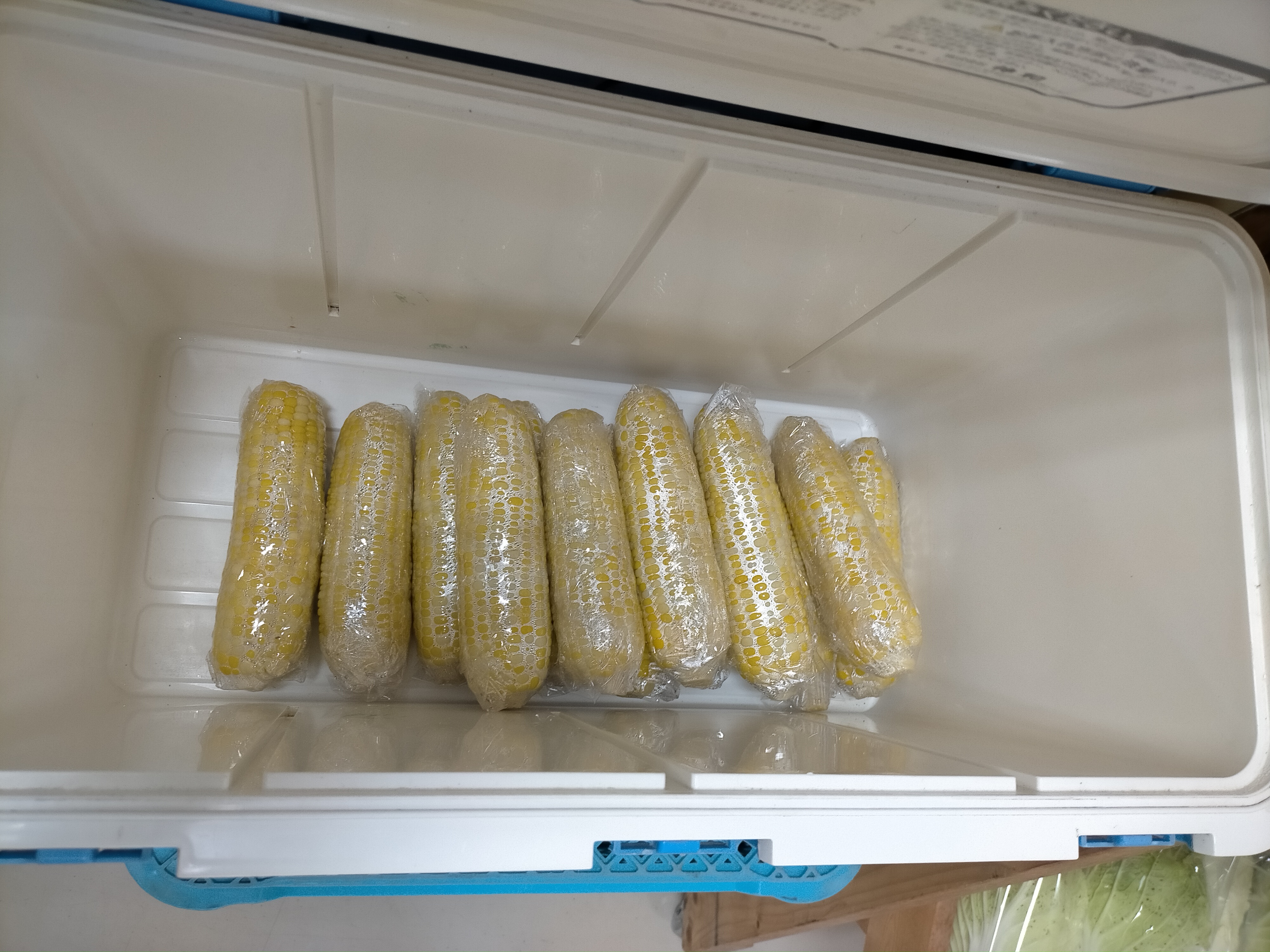Salmon roe, or ikura (ee-koo-ra) as it’s known in Japan, was new to me when I arrived. I spent my first week questioning whether I should ever eat it. A fifth-grader, who I’ll call Kai, introduced himself with a peculiar analogy: “Ikura is my favorite food because it tastes like plastic bubble wrap.” He delivered the line with the supernatural confidence of a phrase practiced dozens of times, making my tastebuds quiver in fear. As I would come to find out, direct translations of Japanese regularly result in eccentric imagery.
Luckily, I overcame my reflexive horror at the idea of eating plastic packaging and have been enjoying the effervescent poppiness of salmon roe for the last two years. Ikura’s role in Japanese cuisine is often as a festive topping rather than substantive nourishment—you’ll believe me when sushi chefs shout in unison while energetically spooning ikura into your bowl. I see similarities in a six-year-old’s reaction to bubble wrap. They don’t care about its function; they just see an opportunity to laugh and stomp.
Kai’s love of ikura is shared by his peers the length of Japan. If I taught in Tokyo or farther south in Okinawa, I would likely have a middle school student just as enthused about ikura. However, many parts of Kai’s life in Shimukappu differ radically from his Japanese peers. These differences serve as a reminder of the shortcomings of generalizations about nations and the uniqueness of regional and localized cultures.
There are 47 prefectures in Japan–think of our 50 states. The island of Hokkaido is the largest. For context, Colorado is more than three times the size and has the same population. In Japan on the other hand, Hokkaido has the lowest population density with a capital, Sapporo, that has over 2.5 million people in the metro area. There is a stark contrast between urban and rural living in Hokkaido. For perspective, students in Shimukappu—population 1200—talk longingly about name-brand convenience stores and playing baseball without commuting multiple hours to practice.
Regarding Kai, he is now in 7th grade and is the sole student in his English class. He goes to a middle school where teachers and administrators outnumber students. And there are days in English class when he has three teachers helping him understand the text. I sense that he sometimes appreciates the attention, while there are plenty of other moments when he wishes he had classmates to share the spotlight. Kai recognizes most people he passes while walking to school in the winter and biking in the warmer seasons.
His commute to school is over a mile long and begins at his family’s farmhouse. Kai’s family moved to Hokkaido from Osaka, the third largest city in Japan, when he was three years old. They now farm lily bulbs in Shimukappu and their story of migration is typical. Many people I meet were born in different prefectures and moved north, citing the abundant vegetables, flavorful seafood, and beautiful nature.
Lily bulbs, the family’s crop, are a staple of traditional cuisine and are eaten as tempura, in soups, and paired with fried rice, among a variety of other dishes. Growing them is a labor of love as they mature slowly over a six-year cycle, during which they are moved from field to field by hand. The crop epitomizes labor-intensive Japanese agricultural practices. Kai is proud to come from his family and talks fondly about his future plans to be a farmer.
In this way, Kai is easily distinguished from his peers nationwide. It is less likely that I would have a student with a passion for agriculture in another prefecture. Japan is a hard place to farm. It’s a small, mountainous country with the lowest food self-sufficiency rate of any country in the G7. In 2022, only 38% of the total calories consumed in Japan were grown within the country. Hokkaido is an outlier. The prefecture’s food self-sufficiency rate in 2019 was in a league of its own—216% of the total calories consumed were grown in Hokkaido.
The presence of farming and the focus on fresh food is impossible to miss in Shimukappu. The town hall is the hub of activity, and throughout the growing season, there is a heaping pile of vegetables arranged for sale at the entrance. Local farmers lay out inspiring recipes recommending how to prepare their eggplants, okra, corn, shishito, and at least a dozen other delicious vegetables. The watermelons and cantaloupes grown in Shimukappu are also exquisite, but you need to stop by the farms to buy those.
Shimukappu is a rural farming community bisected by the Mu River and interlaced with quiet forest roads. Its character manages to simultaneously affirm and refute generalizations about Japanese culture. I’m confident that I’ll never have a student in Aspen tell me that their favorite food is salmon roe, but I think it’s also true that Kai would feel more at home in Colorado than in Tokyo.
Timbah Bell is an English teacher in Shimukappu, Japan, where he works as part of a longstanding partnership with Aspen Sister Cities. You can find this column read aloud and photos from his adventure so far on Instagram @beauty_noted; email him at timbah.bell@gmail.com.





Comments are closed.